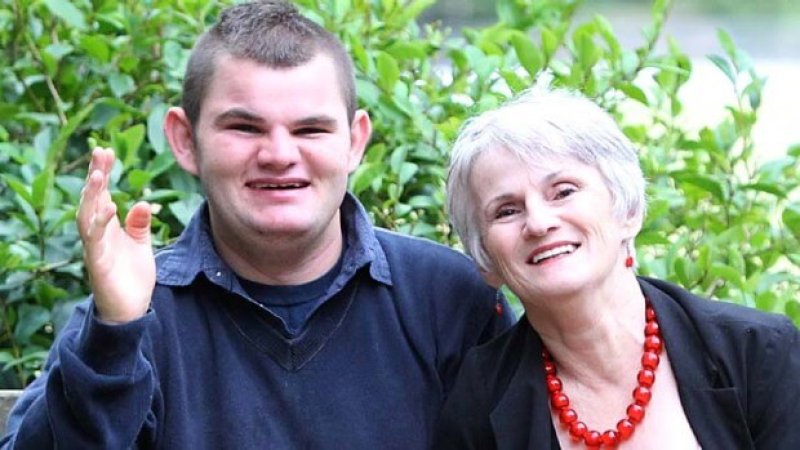Perhaps the best way to tackle this concern is to attempt to treat an autism-related condition in which the therapeutic target — for instance, the causative gene — is discrete and well defined. Angelman syndrome is an ideal candidate.
Angelman syndrome is a neurodevelopmental condition characterized by intellectual impairment and motor dysfunction. Although its features overlap with those of autism, unlike most other forms of autism, it is caused by the dysfunction of a single gene, UBE3A.
…
The most direct approach is to introduce a healthy copy of UBE3A into neurons. This transfer could be achieved using adeno-associated viruses, which can carry new genes to cells. Other approaches involve unsilencing the dormant paternal copy of UBE3A.
…
If begun early enough, genetic therapies for Angelman syndrome may not need to continue throughout life; targeting a critical window of development could be sufficient.
…
The key timing and drug-delivery requirements for therapeutic efficacy in Angelman syndrome apply to most neurodevelopmental conditions. So the results of the inevitable clinical trials for genetic Angelman therapies should help guide strategies for trials in other similar single-gene brain conditions.
Read full, original post: Angelman syndrome: Bellwether for genetic therapy in autism































